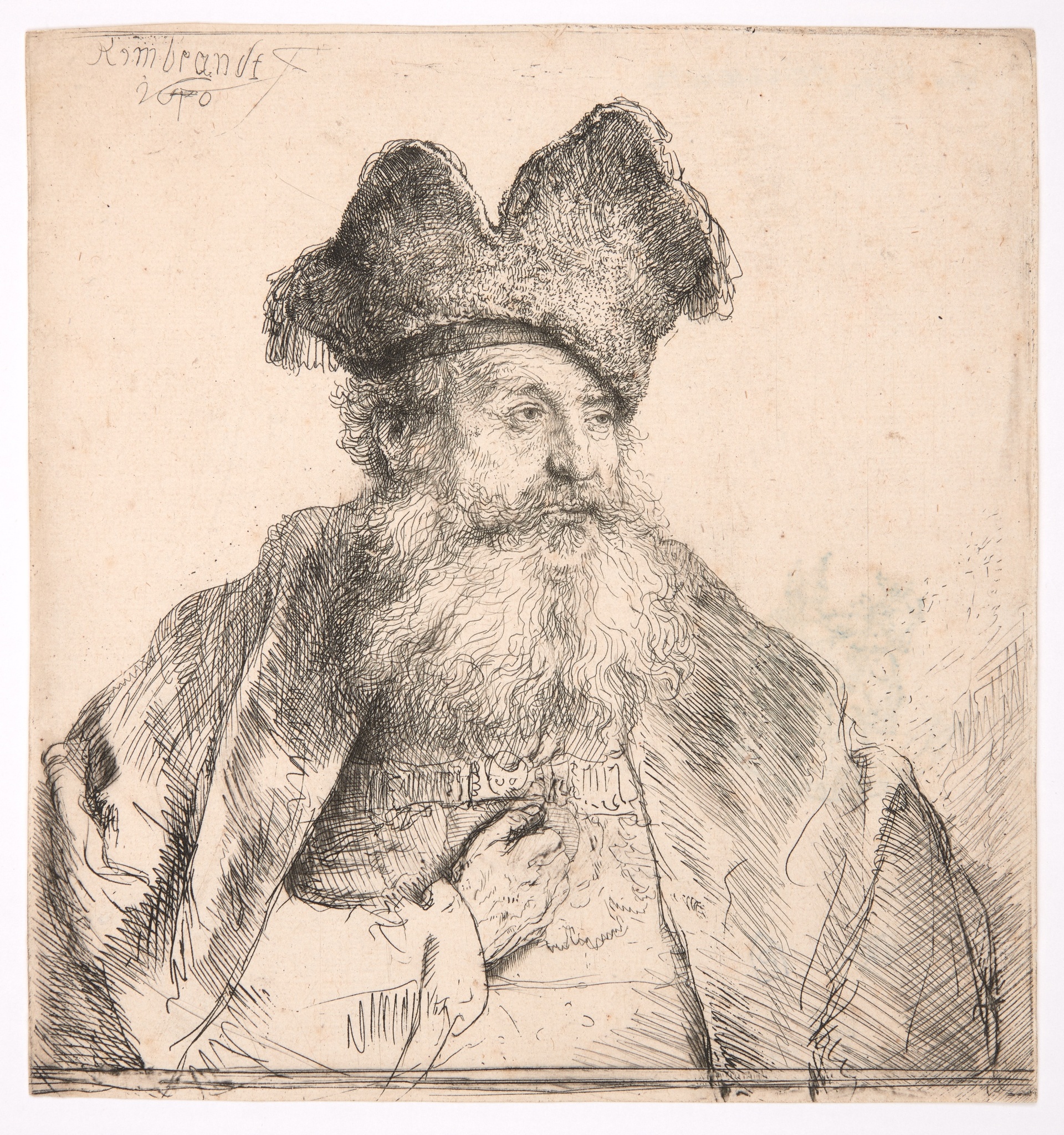Rembrandt's Etchings
The Eberhard W. Kornfeld donations
Adding to a sizable first gift of etchings by Rembrandt in 2007, the Berne-based collector Eberhard W. Kornfeld has donated an additional thirty-one works to the Kunstmuseum Basel. The exhibition Rembrandt’s Etchings, held in the Hauptbau’s mezzanine galleries concurrently with the grand special exhibition Rembrandt’s Orient, now showcases around sixty works from both donations.
Even in his lifetime, Rembrandt Harmensz. van Rijn (1606–1669) was widely acclaimed not only for his paintings, but also for his extraordinary gifts as a printmaker. Many art lovers even thought that the etchings were the genuine sensation: Rembrandt’s singular handling of this printmaking process—his use of a variety of techniques and his repeated revisions of his plates, which yielded virtually inexhaustible potentials for variation—makes each print a unique item coveted by collectors. The earliest collections of his etchings are in fact documented for the seventeenth century, and high-quality and rare prints still fetch large sums in the art market.
The Berne-based auctioneer and collector Eberhard W. Kornfeld is an experienced connoisseur of Rembrandt’s oeuvre. He became devoted to the artist early on in his career, in the late 1940s, when he worked at Gutekunst and Klipstein Auctioneers, and started building his own collection of Rembrandt’s etchings. In 2007, he made a donation of most of these treasures to the Kunstmuseum Basel’s Kupferstichkabinett (Department of Prints and Drawings), followed by a second gift in 2019. Not a single week passes in which he does not take out the etchings to study them, Kornfeld, who retains a lifelong right to the enjoyment of the works, remarks. Paying tribute to these acts of civic-minded generosity benefiting the Öffentliche Kunstsammlung, the public art collection of Basel, the exhibition offers our visitors a first opportunity to examine the thirty-one works of the second donation. The display is rounded out by etchings from the first donation and our own holdings, illustrating how neatly the different divisions of the collection complement each other.
The altogether around seventy prints chosen for the exhibition represent a florilegium that lets our visitors experience Rembrandt’s prodigious artistry as an etcher in all its facets. Selected examples bring into focus the watermarks of the new accessions, which are now considered a key piece of evidence in the appraisal and dating of the prints. Other works are presented with their provenance; some were formerly in famous collections.

